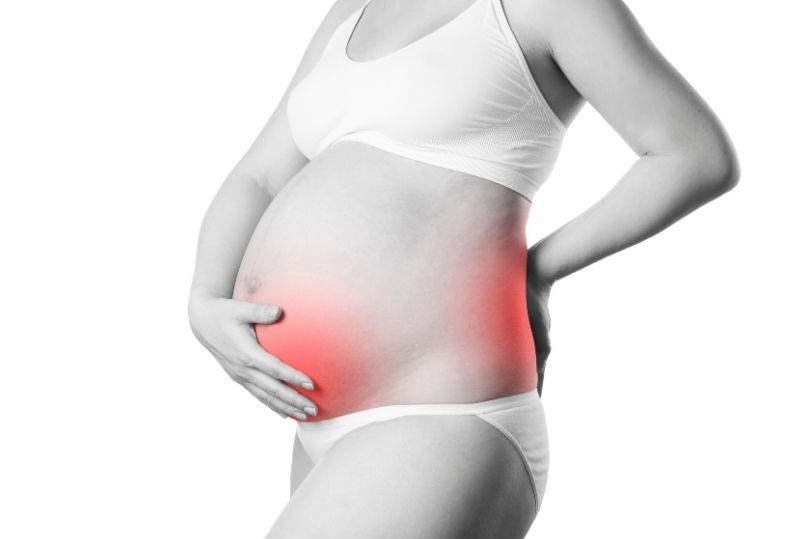Pelvic Girdle Pain
If you are experiencing mild to severe discomfort at the front or back of your pelvis, or across one or both sides of your lower back, it’s very likely that you are suffering from pelvic girdle pain.
It’s a general term used to describe a condition sometimes referred to as symphysis pubis dysfunction (SPD), which relates to issues within the ring of bones that surround your body at the base of your spine. When the joints that link these bones together become stiff, stuck or out of alignment, you will soon begin to experience muscle weakness, instability, and, of course, pain.
PGP is most common amongst pregnant women. In fact, it’s thought that 20% of women will experience PGP while they are carrying a child, and often the pain will increase as the baby grows and the body’s centre of gravity changes accordingly. However, it can also occur in people who have suffered pelvic injuries, and those who have conditions like osteoarthritis or hypermobility syndrome.
Let’s explore pelvic girdle pain in a little more detail and see how the condition can be diagnosed, treated and alleviated, either through making simple changes to your routine or by asking for professional help from our qualified physiotherapists.
What causes pelvic girdle pain?
PGP is caused by the joints moving unevenly at the front or the back of your pelvis.
You are much more likely to suffer from PGP if:
- You are overweight
- You have had pelvic pain or lower back pain in the past
- You have suffered trauma to the pelvis during an accident
- You experienced pelvic girdle pain in your previous pregnancy
- You are expecting two or more babies at the same time

How is it characterised?
As mentioned earlier, pelvic girdle pain can come in many forms. Sometimes the symptoms are mildly uncomfortable; in other cases, they can have a severe impact on your mobility and quality of life.
The most commonly reported symptoms are:
-
Pain across the front of your pubic bone at hip level, and in your hips and thighs. The pain can be felt as a sharp, shooting sensation - often mistaken with sciatica, or a deep ache that feels like it’s coming from the muscles
- Tenderness on one or both sides of your lower back
- Pain that gets worse when you are walking, bending, climbing the stairs, turning over in bed, having sex, or carrying out activities that require you to place more weight on one leg than the other (like getting dressed and getting out of the car)
- Difficulty lying on your side
- A feeling of clicking or grinding in the pelvic area
- Soreness between your vagina and your anus

How can it be diagnosed?
PGP is relatively easy to self-diagnose. But if you want to rule out other causes of pelvic pain, talk to our team. We will discuss the symptoms you are experiencing and carry out a basic examination at our clinic in Greenwich to get to the bottom of what’s going on.
What happens if you don’t treat PGP?
Pelvic girdle pain will not cause you any real harm, but it can be very unpleasant and uncomfortable and be still present after delivery, which makes caring for your little one a bit more challenging
Our women’s health physiotherapists in London can put together a bespoke PGP treatment plan that will be designed to ease your discomfort, improve your muscle function and achieve better pelvic stability. You are almost guaranteed to enjoy better mobility and a faster recovery, even after one session, when you seek our professional help.

How to ease pelvic girdle pain at home
There are some things you can do to treat pelvic girdle pain without help from our trained physiotherapists. For example, staying as active as possible can really help keep severe symptoms at bay. Regular movement will help to keep your pelvic muscles loose and supple. Pelvic/pregnancy support belts – otherwise known as sacroiliac belts – can provide targeted support to the pelvis and make a significant difference to your comfort levels, especially in the later stages of your pregnancy.
You should also never be afraid to ask for help with physical tasks. If you feel like you need to rest, or you know that a particular job will be painful for you, ask a loved one to step in and take away some of the strain.
We have put together more information on how to deal with pelvic girdle pain in pregnancy.
